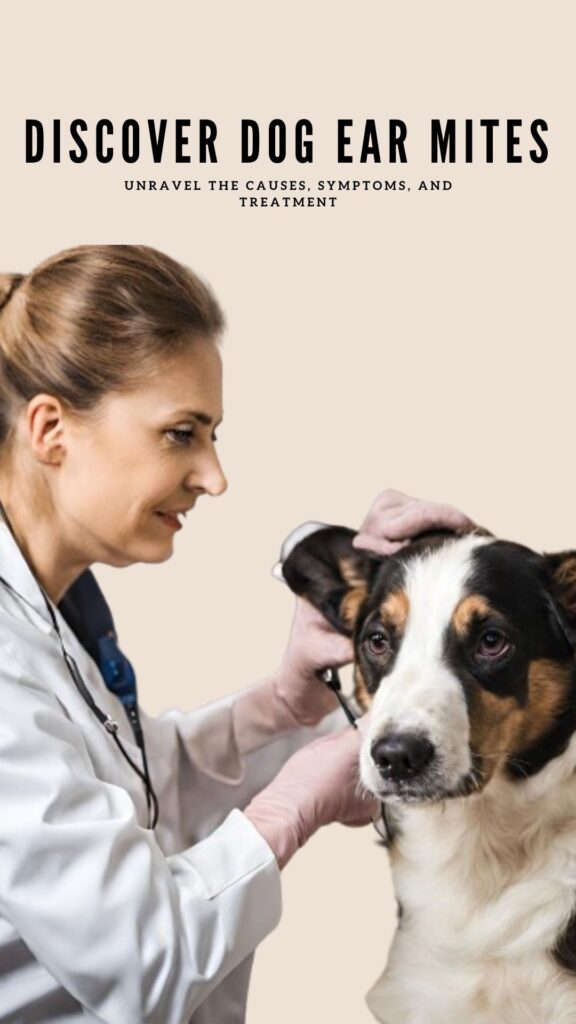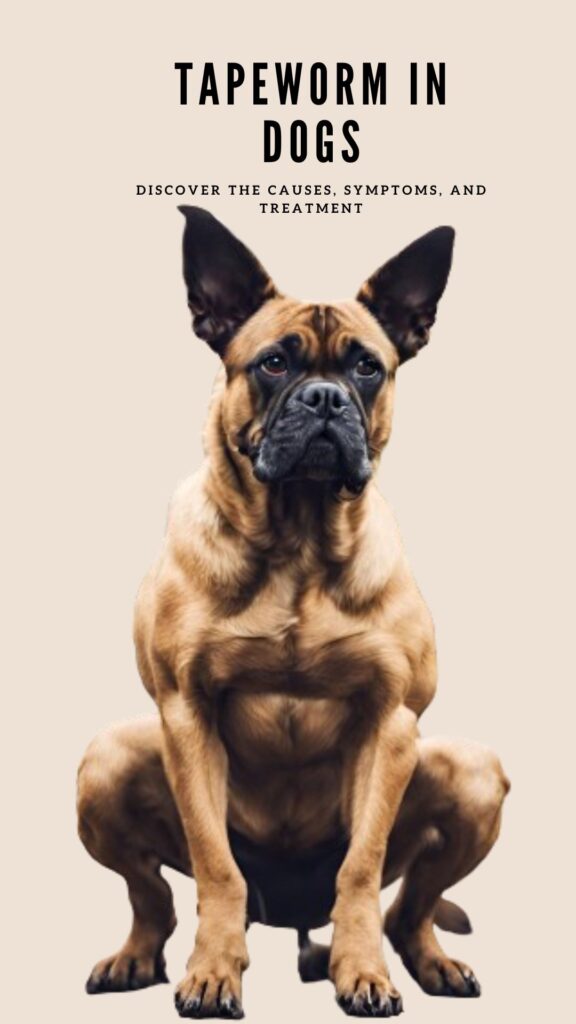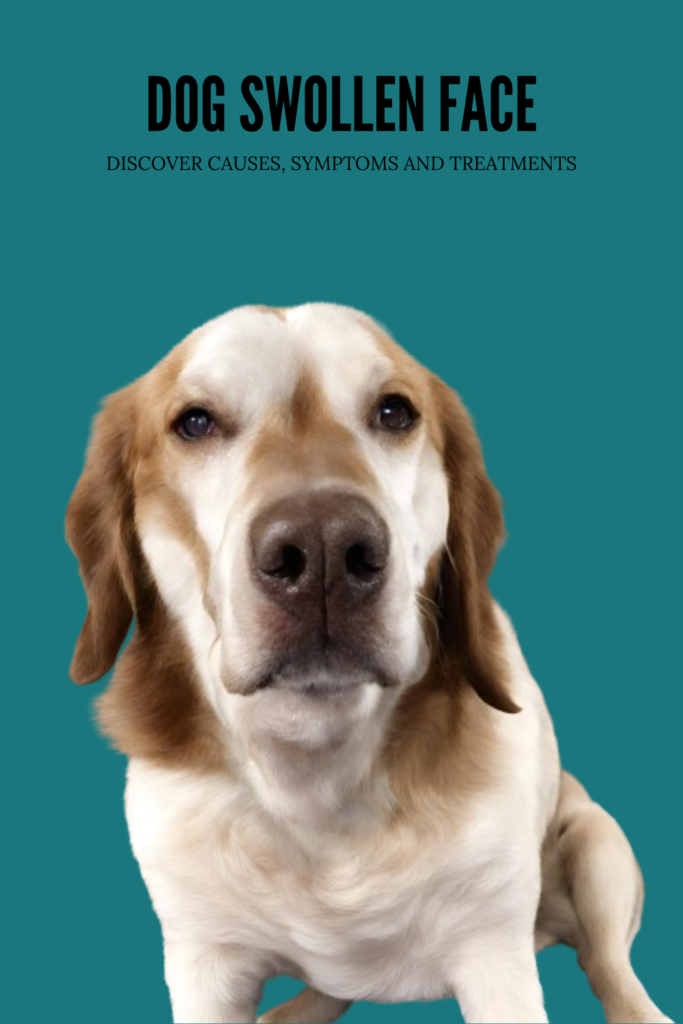How to Clean Dog Ears Effectively: 7 Step Easy Guide
Are you wondering how to clean dog ears effectively? Do you struggle with finding the right cleaning solution and techniques to ensure a safe and thorough cleaning process? Look no further, as we have the answers you need! In this guide, we will walk you through the step-by-step process of cleaning your dog’s ears, from the outer ear to the delicate ear canal. Get ready to discover the secrets to keeping your dog’s ears clean and healthy!
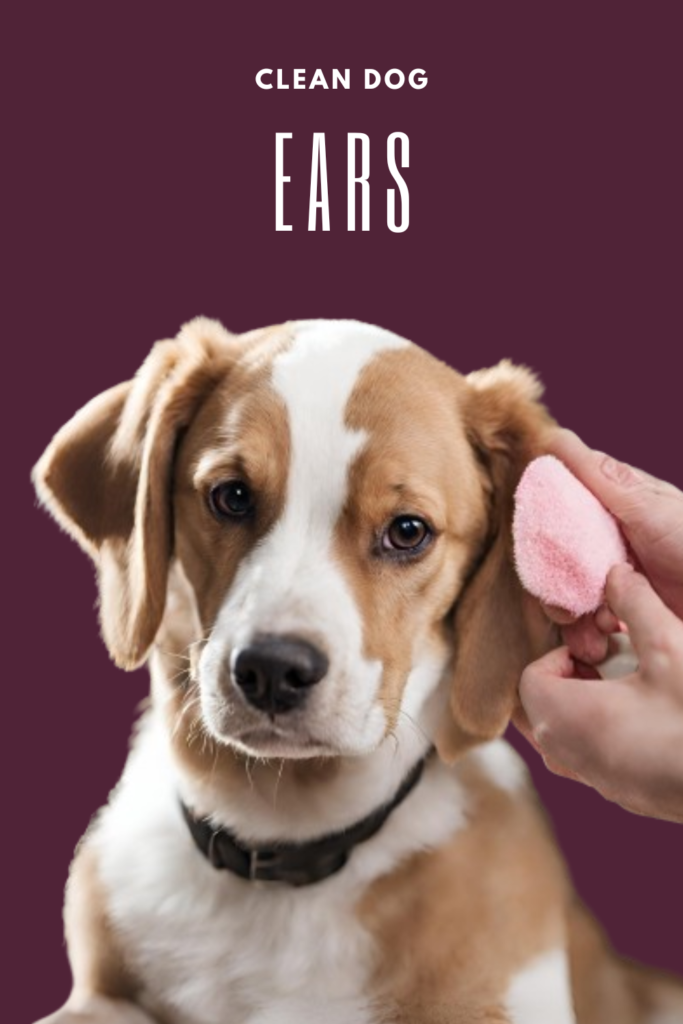
Before we dive into the details, let’s take a moment to understand the importance of regular ear cleaning for your furry friend. By maintaining clean ears, you can prevent ear infections, combat ear mites, and alleviate discomfort caused by debris and dirt buildup. So, are you ready to become an expert in dog ear cleaning? Let’s get started!
Key Takeaways:
- Regularly cleaning your dog’s ears is essential for their overall health and well-being.
- Choosing the right cleaning solution is crucial to ensure effective and safe ear cleaning.
- Properly handling your dog’s ear flap and navigating the ear canal is important for a thorough cleaning process.
- Follow the step-by-step guide in this article to clean your dog’s ears safely and effectively.
- Alternative options like dog ear wipes, ear cleaning solutions, and ear drops can also be beneficial for maintaining ear hygiene.
Why is Dog Ear Cleaning Important?
Regular ear cleaning is crucial for maintaining your dog’s overall health and well-being. By ensuring that your dog’s ears are clean and free from any issues, you can prevent various problems that can arise from neglecting their ear hygiene. Let’s explore the reasons why dog ear cleaning should be a part of your regular grooming routine.
Preventing Ear Infections
Ear infections are a common problem in dogs, especially those with floppy ears or hairy ear canals. When debris, dirt, or moisture accumulate in the ears, it creates an environment that is perfect for bacteria and fungi to thrive. This can lead to painful ear infections, causing discomfort for your furry friend. Regular cleaning helps remove potential sources of infection, reducing the risk of these painful conditions.
Managing Ear Mites
Ear mites are tiny parasites that can infest your dog’s ears, leading to itching, redness, and irritation. They can easily spread from one pet to another, so regular cleaning is crucial to prevent their infestation. By cleaning your dog’s ears, you can detect the presence of ear mites early on and take appropriate measures to eliminate them, keeping your pet comfortable and preventing further complications.
Removing Debris and Dirt Buildup
When debris and dirt accumulate in your dog’s ears, it can cause irritation and discomfort. Additionally, if left unaddressed, this buildup can lead to more serious issues in the inner ear, affecting your dog’s balance and overall health. Regular ear cleaning helps remove this debris, ensuring that your dog’s ears are clean and free from potential problems.
“Regular ear cleaning is an essential part of responsible pet ownership. By keeping your dog’s ears clean, you can prevent a range of issues and help them live a happy, healthy life.”
Remember, each dog is different, and the frequency of ear cleaning may vary depending on factors like breed, ear shape, and any underlying health conditions. It’s always best to consult with your veterinarian for specific guidance on how often and how to clean your dog’s ears.
| Benefits of Dog Ear Cleaning | Precautions |
|---|---|
| Prevents ear infections | Be gentle when handling the ears to avoid causing any discomfort or injury. |
| Helps manage ear mites | If you notice any signs of infection or excessive discharge, consult a veterinarian. |
| Removes debris and dirt buildup | Use only veterinarian-approved ear cleaning solutions and avoid inserting anything deep into the ear canal. |
By prioritizing regular ear cleaning as part of your dog’s grooming routine, you can contribute to their overall health and happiness. A clean and healthy set of ears will ensure that your furry companion can hear, play, and enjoy life to the fullest.
Step-by-Step Guide:How to Clean Dog Ears Effectively
Proper ear cleaning is crucial for maintaining your dog’s overall health and preventing ear infections. In this step-by-step guide, we’ll walk you through the process of safely cleaning your dog’s ears, from choosing the right supplies to executing the cleaning technique.
Gather the Necessary Supplies
Before you begin, make sure you have the following supplies:
- Cotton balls or gauze pads
- An appropriate ear cleanser recommended by your veterinarian
Choosing the Right Ear Cleanser
Not all ear cleansers are created equal, so it’s essential to choose one that is safe and effective for your dog. Consult with your veterinarian to determine the best ear cleanser for your dog’s specific needs. Look for a cleanser that is gentle, pH-balanced, and formulated to combat dog ear infections.
The Cleaning Process
Follow these steps to safely clean your dog’s ears:
- Gently restrain your dog to ensure they stay calm and still during the cleaning process.
- Starting with the outer ear, use a cotton ball or gauze pad soaked in the ear cleanser to remove any visible debris or dirt. Be careful not to push the debris further into the ear canal.
- **[Name of cleanser]**. Gently massage the base of the ear for a few seconds to allow the cleanser to loosen any built-up wax or dirt.
- Let your dog shake their head to remove any excess cleanser and debris. Use a cotton ball or gauze pad to gently wipe away any remaining residue.
- To clean the ear canal, wrap a cotton ball or gauze pad around your finger and moisten it with the ear cleanser. Be cautious not to insert your finger too far into the ear canal.
- Using a gentle circular motion, clean the ear canal, being careful not to apply excessive pressure.
- Once the ear canal is clean, let your dog shake their head again to remove any remaining cleanser or debris.
Remember to reward your dog with treats or praise throughout the process to keep them calm and cooperative. If your dog becomes agitated or shows signs of discomfort, stop the cleaning and consult your veterinarian.
Precautions
When cleaning your dog’s ears, it’s crucial to take the following precautions:
- Never use cotton swabs or insert anything sharp or pointed into your dog’s ear canal, as this can cause injury.
- If you notice any signs of infection, such as foul odor, redness, swelling, or discharge, consult your veterinarian before attempting to clean your dog’s ears.
- Always follow your veterinarian’s guidance and consult them if you have any concerns or questions about the ear cleaning process.
By following these step-by-step instructions and taking the necessary precautions, you can ensure a safe and effective ear cleaning routine for your beloved canine companion.
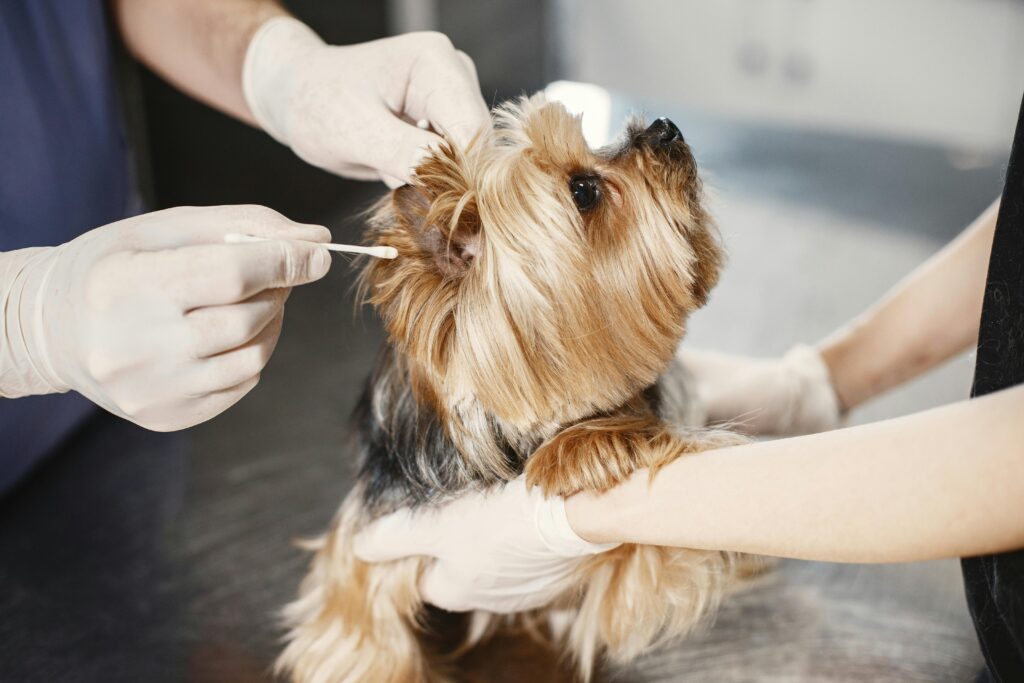
Conclusion
Regular ear cleaning is crucial for maintaining your dog’s overall health and preventing potential infections and discomfort. By following the step-by-step guide provided in this article, you can effectively clean your dog’s ears and keep them in optimal condition.
However, if you prefer alternative cleaning methods, there are dog ear wipes, ear cleaning solutions, and ear drops available in the market. Trusted sources like VCA Hospital recommend these products for maintaining your dog’s ear hygiene.
Remember, the key to successful ear cleaning is choosing the right products and techniques for your dog’s specific needs. Consult your veterinarian or trusted professionals for guidance on selecting the appropriate dog ear wipes, ear cleaning solutions, or ear drops that will ensure a safe and effective cleaning experience for your furry friend.
FAQ
How often should I clean my dog’s ears?
The frequency of ear cleaning depends on your dog’s breed and individual needs. In general, it is recommended to clean your dog’s ears once a month or as advised by your veterinarian. However, certain breeds with long, floppy ears or dogs prone to ear infections may require more frequent cleaning.
Can I use regular cotton balls to clean my dog’s ears?
It is not recommended to use regular cotton balls to clean your dog’s ears. Regular cotton balls can leave behind fibers that may irritate the ear canal. It is better to use cotton pads or gauze pads specifically designed for ear cleaning. These are available at pet supply stores or can be purchased online.
What should I do if I notice an ear infection in my dog?
If you suspect your dog has an ear infection, it is important to consult with your veterinarian. They can properly diagnose the infection and prescribe appropriate treatment, which may include medication such as topical ear drops or antibiotics. Avoid attempting to treat the infection on your own, as improper treatment can worsen the condition.
Can I use vinegar or hydrogen peroxide to clean my dog’s ears?
It is not advisable to use vinegar or hydrogen peroxide to clean your dog’s ears without consulting with your veterinarian. These substances can be too harsh and may cause irritation or damage to the delicate ear canal. It is best to use a veterinarian-approved ear cleanser that is specifically formulated for dogs.
My dog has floppy ears, how can I clean them effectively?
If your dog has floppy ears, it is important to carefully lift the ear flap and clean the area underneath. You can gently wipe the outer surface of the ear flap with a damp cloth or cotton pad. Avoid inserting any cleaning tools or cotton swabs into the ear canal, as this can cause injury. If you notice any signs of infection or discomfort, consult with your veterinarian for proper guidance.
How can I prevent ear mites in my dog?
Preventing ear mites in dogs includes regular ear cleaning and routine veterinary check-ups. Keep your dog’s ears clean, dry, and free from excessive wax buildup or debris. Regularly inspect your dog’s ears for any signs of ear mites, such as excessive scratching or shaking of the head. If you suspect ear mites, consult with your veterinarian for proper diagnosis and treatment options.
Can I use dog ear wipes instead of cleaning solution and cotton balls?
Yes, dog ear wipes can be a convenient alternative for cleaning your dog’s ears. They are pre-moistened with a gentle cleaning solution and can be used to wipe the outer ear area. However, it is important to note that dog ear wipes may not reach deep into the ear canal for thorough cleaning. If your dog has a history of ear infections or excessive wax buildup, consulting with your veterinarian for other cleaning options may be beneficial.

